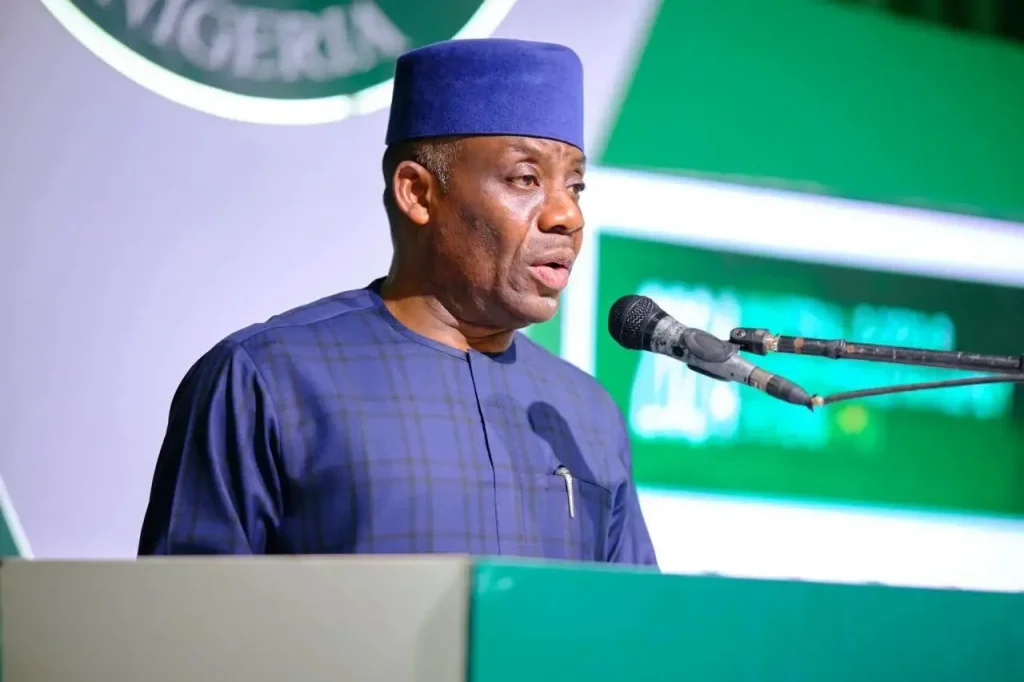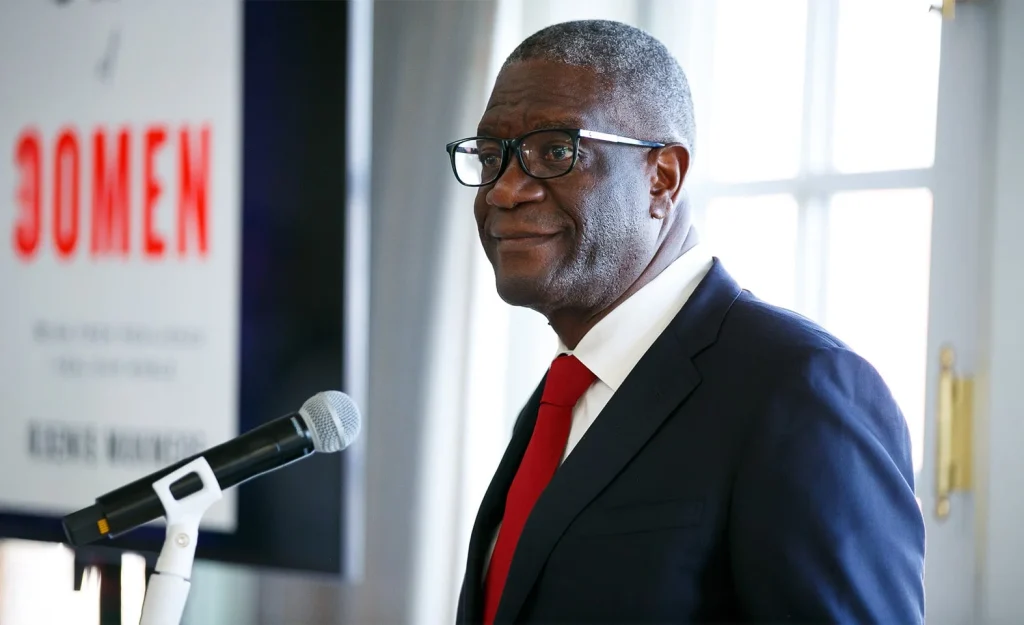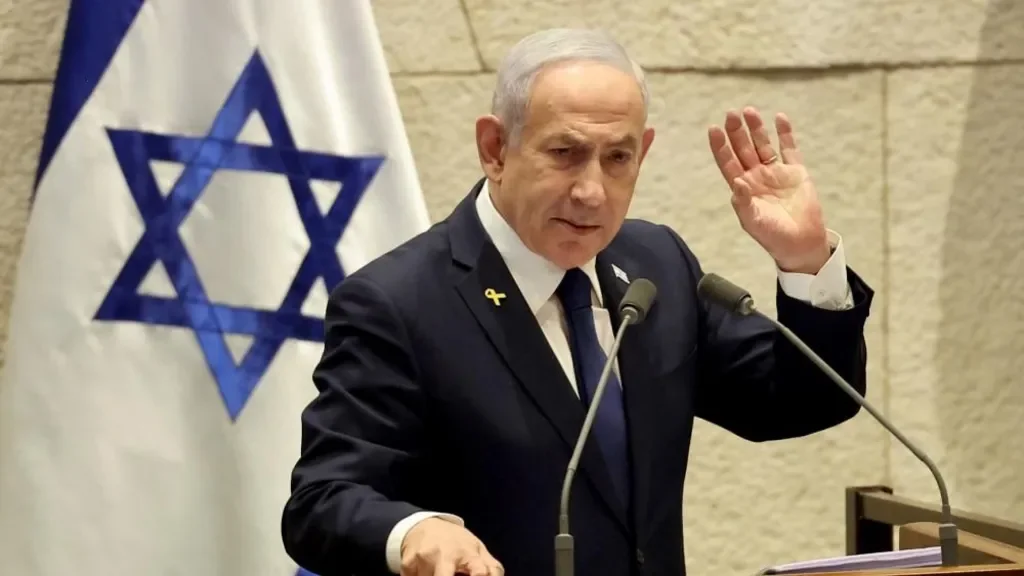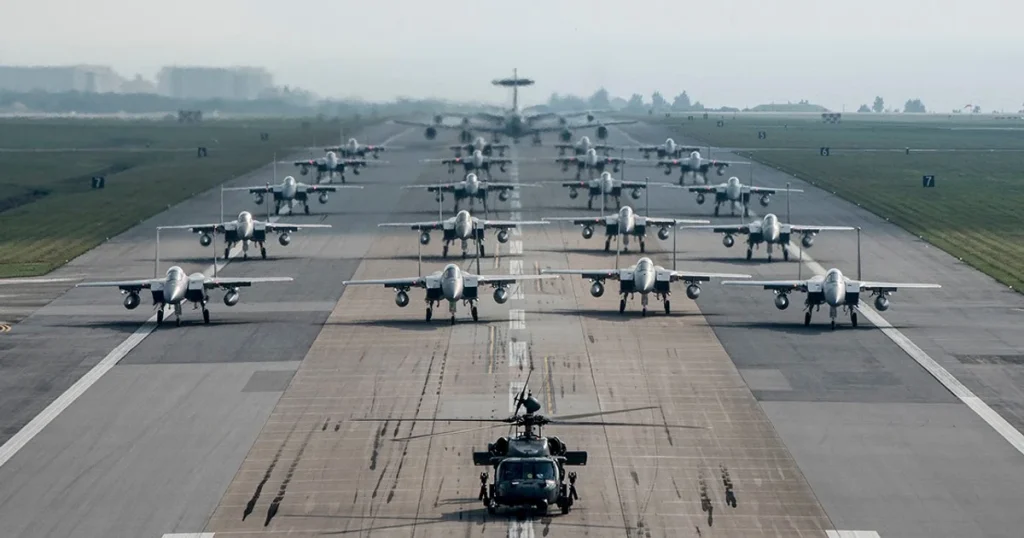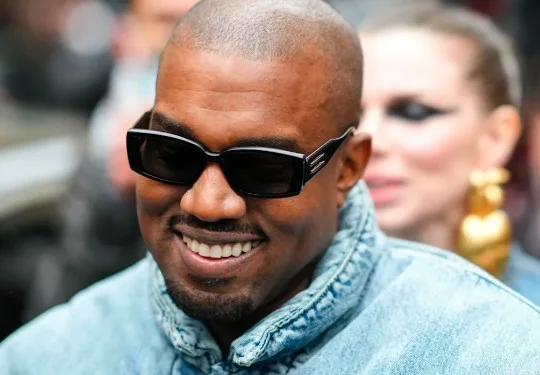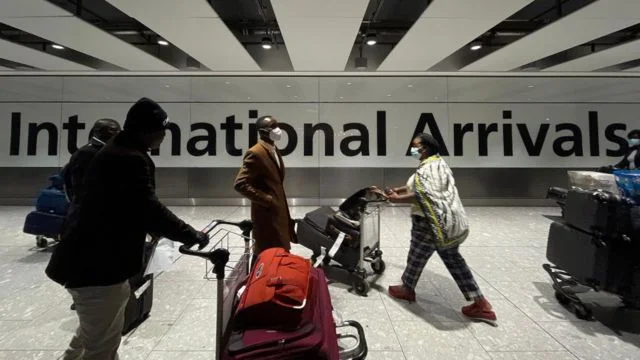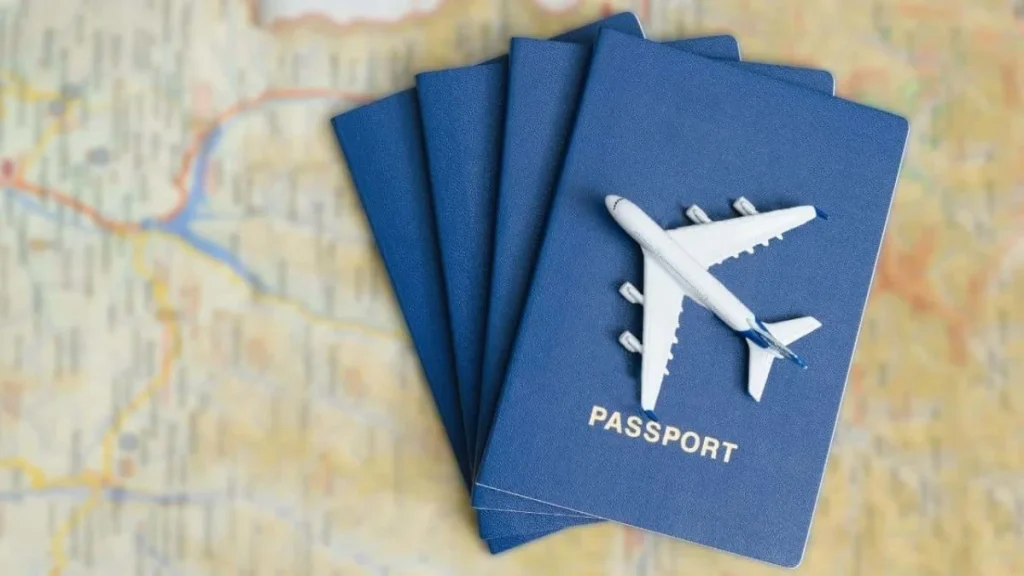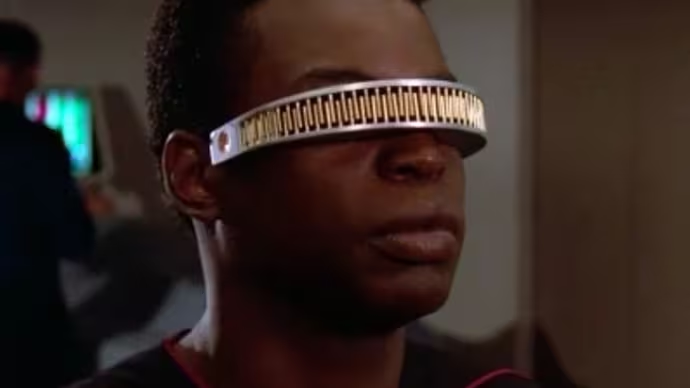The Federal Ministry of Education debunked a widely circulated news report claiming that the minimum age for Junior Secondary School (JSS1) admission had been raised to 12 years.
In a statement released in Abuja, Director of Press Mrs. Folasade Boriowo clarified that the report, initially published was “entirely inaccurate” and not from official sources.
“For the avoidance of doubt, the minimum age for admission into JSS1 remains 10 years,”Boriowo stated.
“No child should complete primary education below the age of 10.” She urged the public and education stakeholders to disregard unverified claims and verify information through official channels.
It would be recalled that earlier reports had suggested the Federal Government set the JSS1 admission age at 12, sparking confusion and debate among parents, educators, and policymakers.
The Ministry’s clarification aims to set the record straight.
Education Policy and Age Requirements
The clarification aligns with a new policy framework for non-state schools, launched last week, which outlines Nigeria’s basic education structure:
- Nursery Education (3 years): Begins at age 3 for Nursery One, age 4 for Nursery Two, and includes one year of compulsory Kindergarten at age 5, per Section 2(17) of the National Policy on Education (NPE), 2013.
- Primary Education (6 years): Starts at age 6 for Primary One, with mandatory completion by age 10.Junior Secondary School (3 years): Admission to JSS1 occurs at age 10, after completing primary education.
Minister of Education Dr. Tunji Alausa reaffirmed that the minimum age for university admission remains 16 years, emphasizing cognitive and emotional readiness.
“This policy is consistent, non-negotiable, and applies regardless of how early a student completes secondary school,” he said.
Growth of Non-State Schools
The policy also highlights the growing role of non-state (private) schools.
According to the Nigeria Education Digest 2022, private schools outnumber public ones at the junior secondary level in 26 states, while state schools dominate at the primary level in 19 states. Between 2017 and 2022:
- Private primary schools grew by 31.56%, compared to 3.3% for state schools.
- Private junior secondary schools expanded by 35.06%, versus 6.8% for public schools.
This growth underscores the increasing reliance on private education, though quality disparities remain a concern.
Implications and Next Steps
The clarified policy aims to:
- Standardize age-appropriate educational progression.
- Address quality gaps in non-state schools.
- Ensure students are ready for each academic stage.
- The Ministry’s response to the erroneous 12-year age claim emphasizes the importance of accurate information.
- As the policy rolls out, schools, parents, and educators must adapt to ensure equitable, high-quality education.
RELATED NEWS: UBEC Reaffirms Commitment to Reducing Out-of-School Children

